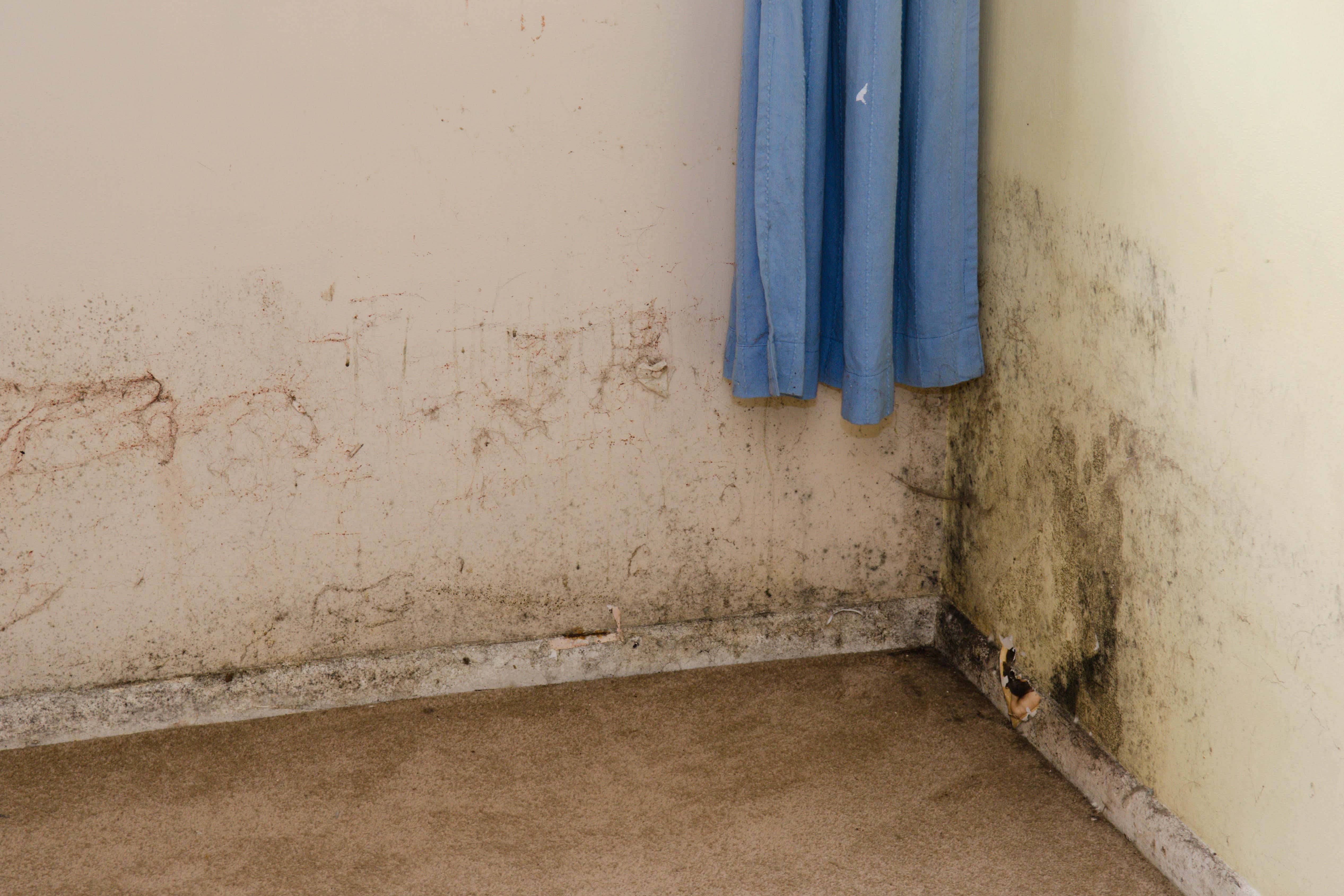How to spot the effect of mould on children’s health and who is most affected
Key questions answered

Your support helps us to tell the story
From reproductive rights to climate change to Big Tech, The Independent is on the ground when the story is developing. Whether it's investigating the financials of Elon Musk's pro-Trump PAC or producing our latest documentary, 'The A Word', which shines a light on the American women fighting for reproductive rights, we know how important it is to parse out the facts from the messaging.
At such a critical moment in US history, we need reporters on the ground. Your donation allows us to keep sending journalists to speak to both sides of the story.
The Independent is trusted by Americans across the entire political spectrum. And unlike many other quality news outlets, we choose not to lock Americans out of our reporting and analysis with paywalls. We believe quality journalism should be available to everyone, paid for by those who can afford it.
Your support makes all the difference.Two-year-old Awaab Ishak died after “chronic exposure to harmful mould” in his family’s flat in Rochdale.
Moulds and damp are caused by excess moisture and there are various types which can be found in homes.
Here are key questions answered on the effect mould can have on a person’s health.
– Can mould affect my health?
Yes. People with damp and mould in their homes are more likely to suffer from respiratory illnesses, infections, allergies or asthma.
Damp and mould can also affect the immune system.
– Who is most affected?
Old people, children and babies, people with respiratory illnesses, people with some skin problems and those with a weakened immune system, either due to illness or because of medicines they are taking.
– What happens?
Mould can emit spores, cells, fragments and “volatile organic compounds” into the air.
Inhaling or touching mould spores can cause an allergic reaction, such as sneezing, a runny nose, red eyes and skin rash.
Moulds can also trigger asthma attacks.
There is also evidence to suggest mould exposure can lead to rare conditions including hypersensitivity pneumonitis, allergic alveolitis, chronic rhinosinusitis and allergic fungal sinusitis.
– What happened to Awaab?
Awaab died as a result of a “severe respiratory condition caused due to prolonged exposure to mould in his home”, his inquest concluded.
Pictures of his home show the one-bed flat where he lived with his parents had a severe problem with mould, despite the family repeatedly raising concerns.
His inquest heard the the mould was due to “normal daily living activities” and a lack of effective ventilation.
– What can people do if there is mould in their home?
NHS.uk says: “If you have mould or damp it’s important to find out why you have excess moisture in your home.
“When you know what’s causing the damp, you can make sure your home is repaired or take steps to limit the moisture in the air.
“You may need to get a professional to remove mould for you, but if it’s only a small amount you may be able to remove it yourself.”
Citizens Advice offers tips for tenants to ensure their landlord resolves damp or mould issues.
– What have experts said?
Sarah Woolnough, chief executive at Asthma and Lung UK, said: “As a charity we’re deeply saddened by this case.
“Exposure to mould and damp can be very harmful to our lungs as mould releases spores that can be breathed in, causing symptoms like coughing, wheezing, sneezing or watery eyes.
“Mould and fungi are a major trigger for asthma attacks and can worsen symptoms for those with other lung conditions, leave them fighting for breath. Babies, small children, older people and people with allergies are more likely to be affected.
“There is a link between poor housing and asthma, because of things like mould and damp.
“Mould and damp in houses are worse when temperatures drop in the winter, and cold and flu viruses, which can cause respiratory infections, can also thrive in colder temperatures and poorly ventilated, damp environments.
“Asthma and Lung UK is warning people, particularly those with lung conditions to be vigilant against mould and damp, including keeping your home well ventilated.
“There are more tips on the Asthma and Lung UK website that can help you: asthma.org.uk/advice/triggers/moulds-and-fungi/ You can also call the Asthma and Lung UK helpline on 0300 222 5800, Monday-Friday, 9am-5pm, for advice and support.”
